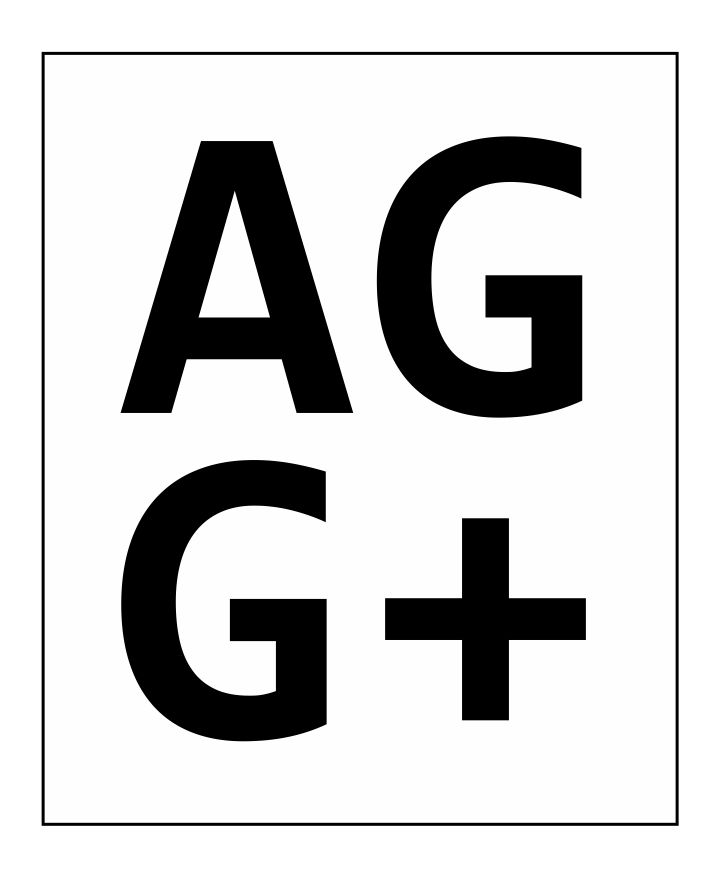On December 29, 2020, a shallow magnitude 6.2 earthquake struck northern Croatia near Petrinja. This earthquake was preceded by a strong foreshock with a magnitude of 5. In response to the Petrinja earthquake, a team of European geologists and engineers from Croatia, Slovenia, France, Italy, and Greece was promptly mobilized to conduct a thorough assessment of the environmental impact of the earthquake. Their observations in the Petrinja area revealed surface deformation, tectonic breaks along the earthquake source at the surface, liquefaction features in the fluvial plains of the Kupa, Glina, and Sava rivers, and slope failures caused by strong motion. However, with the analysis of geodetic data, the team concluded that the field measurements largely underestimated the total coseismic deformation at the surface: a large part has been distributed and diffused off the main fault. Liquefaction extended over nearly 600 km2 around the epicenter, with the typology of liquefaction features including sand blows, lateral spreading phenomenon spreads along the road and river embankments, and sand ejecta of different grain sizes and matrices. After a series of investigations along the 2020 earthquake causative fault, we documented several paleo-ruptures during the Holocene and evidenced a cumulative strike-slip fault displacement all along the Petrinja Pokupsko Fault (PPF), including a few of those segments which did not rupture in 2020. Based on the Croatian experience of the last three years, we stress that further detailed studies, including neotectonics, paleoseismological and geophysical investigations, could bring new relevant information on the seismic activity and seismic hazards in the regional fault zone, the southern continuation of the PPF, along the related fault zone that stretches towards Kostajnica.











